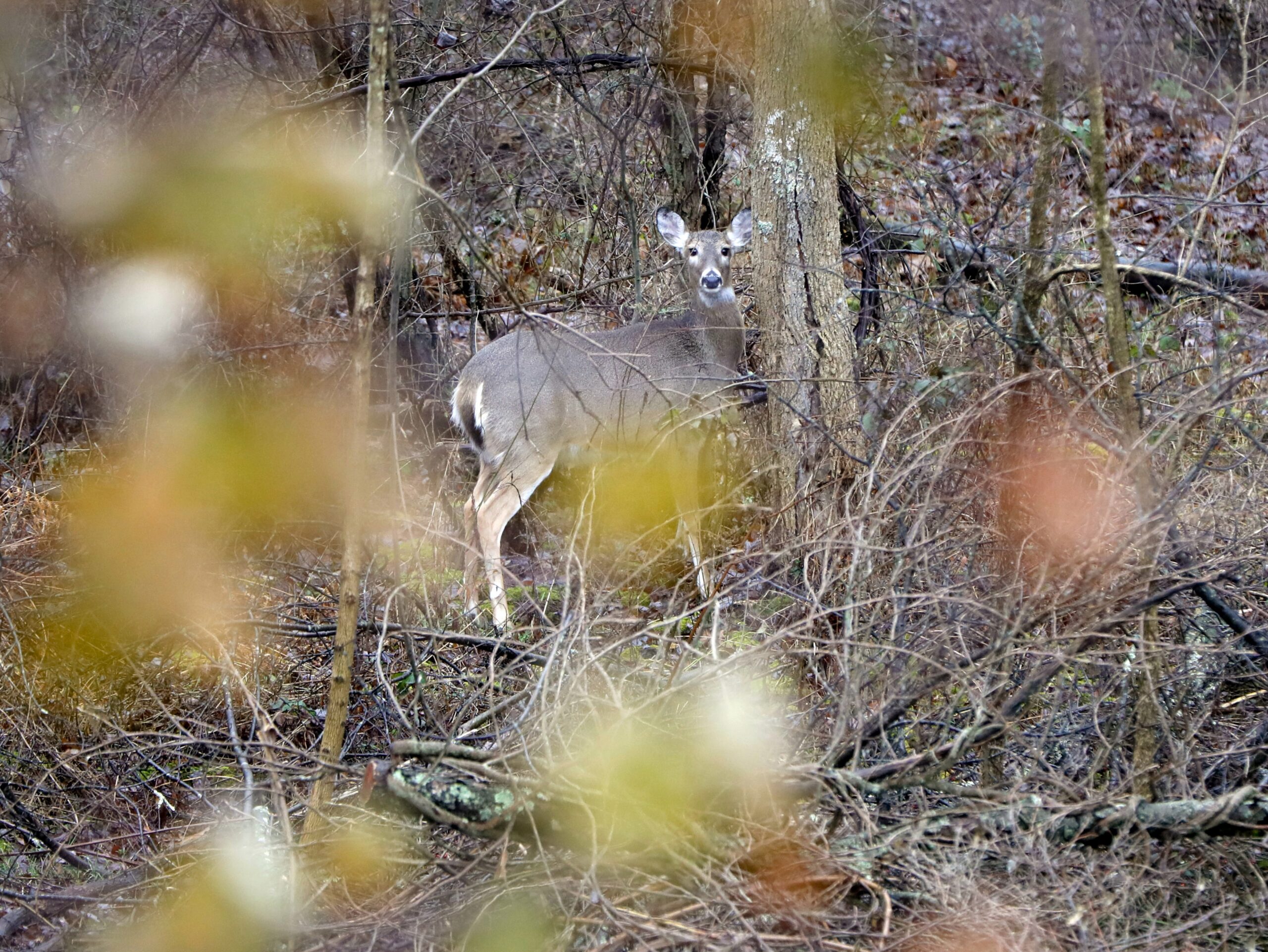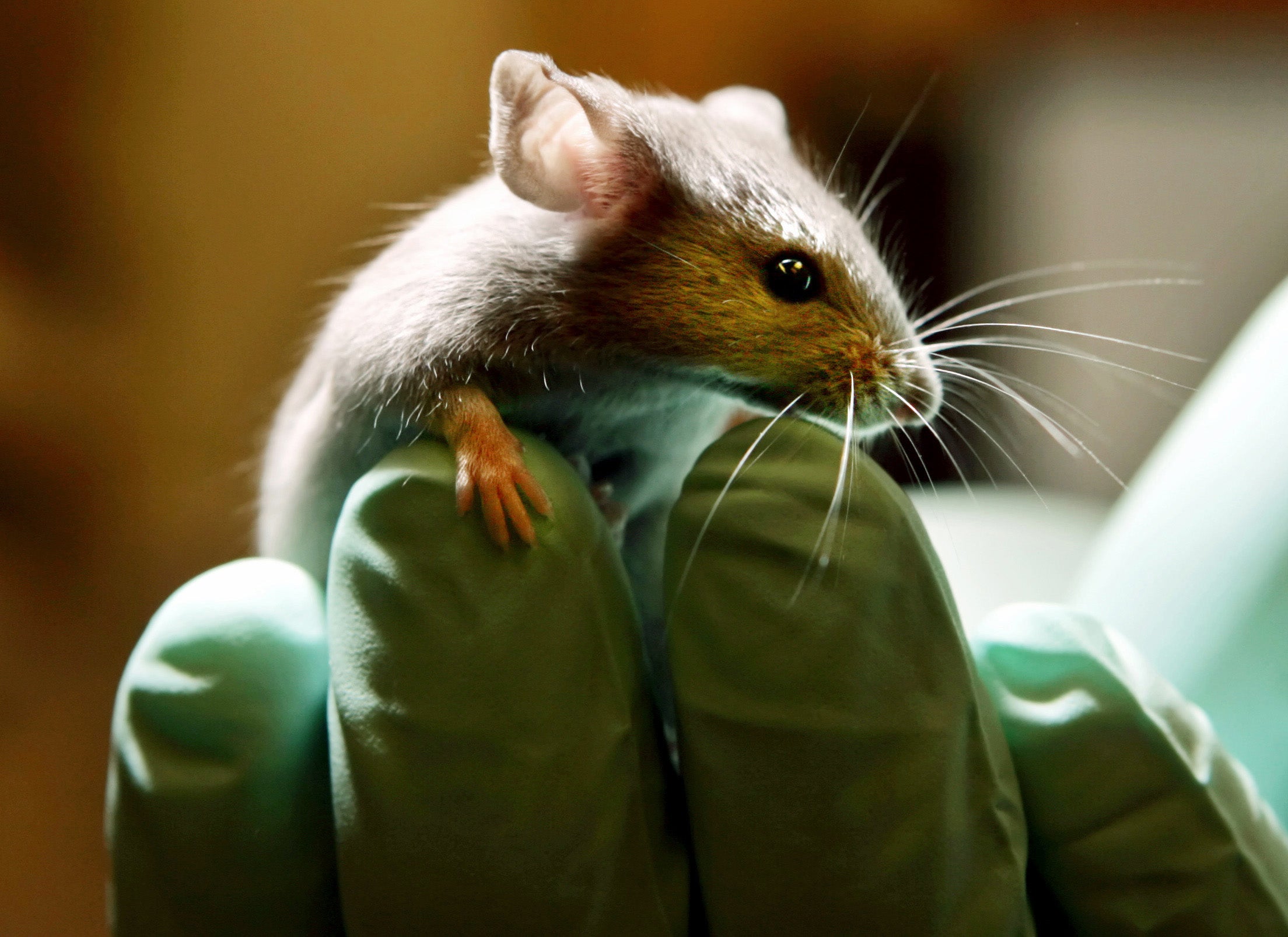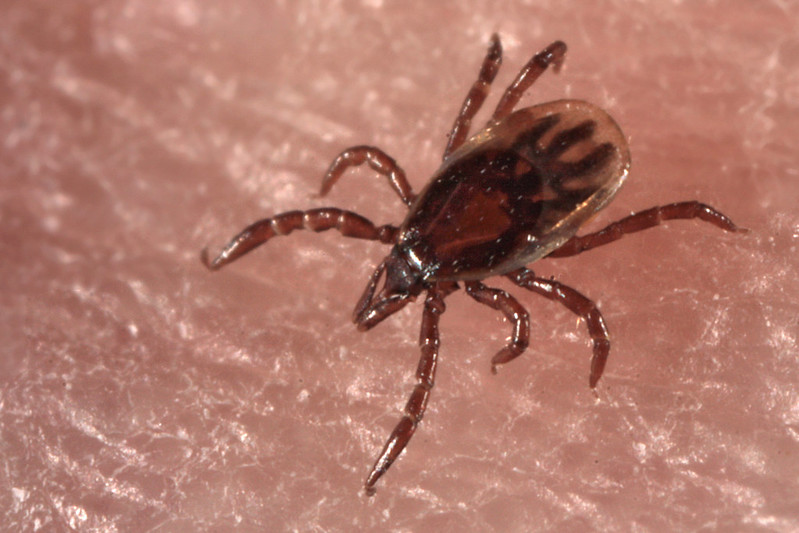As preparations for deer hunting season get underway in Wisconsin and other states, federal health officials are out with a new study showing common household bleach can kill the deadly proteins known as prions that remain on hunting knives and meat processing equipment.
The study confirms a longstanding recommendation by the Wisconsin Department of Natural Resources: Hunters, deer processors and taxidermists should soak tools in a bleach solution.
The assumption was that soaking tools in bleach would kill chronic wasting disease prions from deer infected with the disease because bleach had worked to deactivate other deadly prions. But no one had actually tested it on CWD prions to make sure the assumption was accurate. CWD is a degenerative disease of the brain and nervous tissue that infects white-tailed deer and other cervids like elk and moose.
Stay informed on the latest news
Sign up for WPR’s email newsletter.
Results from the study indicate that lower amounts of bleach can be used and less time is needed to soak stainless steel surfaces. That means less corrosion of knives and processing equipment and less chance of harm to humans.
“Bleach at that concentration is very caustic and even somewhat dangerous,” said Brent Race, senior author of the study which was conducted by the National Institute of Allergy and Infectious Diseases and published in the journal PLOS ONE.
The DNR recommends soaking equipment in a 50/50 solution of bleach and water for an hour. But the federal study suggests that a five-minute soak in a 40 percent bleach solution will kill prions on stainless steel.
But not in tissue.
“One discouraging aspect of the study is that they found even tiny pieces of tissue weren’t effectively inactivated by bleach under the conditions they tested,” said Joel Pederson, a soil science professor at the University of Wisconsin-Madison who has researched CWD prions.
No evidence has been published showing CWD can be transmitted to people who eat meat from infected deer. However, the World Health Organization recommends people avoid eating infected meat.
“There is historical precedence. Mad cow disease did spread to humans. So that’s fresh on everyone’s minds,” said Race. “The jury is still somewhat out on whether chronic wasting disease will affect humans.”
There are 56 counties in Wisconsin affected by CWD, which has been reported in nearly half the states across the United States.
In an attempt to lessen spread of the disease, Wisconsin bans baiting and feeding in 52 counties and also has rules on the moving and disposal of deer carcasses. There currently are 13 landfills and one incinerator accepting deer carcass waste.
Since CWD was first discovered in the state in 2002, officials have proposed various ways to reduce the disease. Initial efforts to increase the deer harvest by lengthening the season and using sharp shooters were controversial and didn’t last.
More recent proposals made under former Gov. Scott Walker include enhanced fencing at deer farms and rules for moving deer carcasses out of areas affected by CWD.
“One of the areas where the state surely has failed is on the regulations of deer farms,” said George Meyer, executive director of the Wisconsin Wildlife Federation.
There have been hundreds of escapes from deer farms in Wisconsin since 2013.
In March, state DNR officials said they were coordinating with the Department of Agriculture, Trace and Consumer Protection on new rules for the deer farming industry.
Since the DNR began testing for CWD in Wisconsin, there have been 5,302 positives out of 227,718 sampled.
Wisconsin Public Radio, © Copyright 2024, Board of Regents of the University of Wisconsin System and Wisconsin Educational Communications Board.



